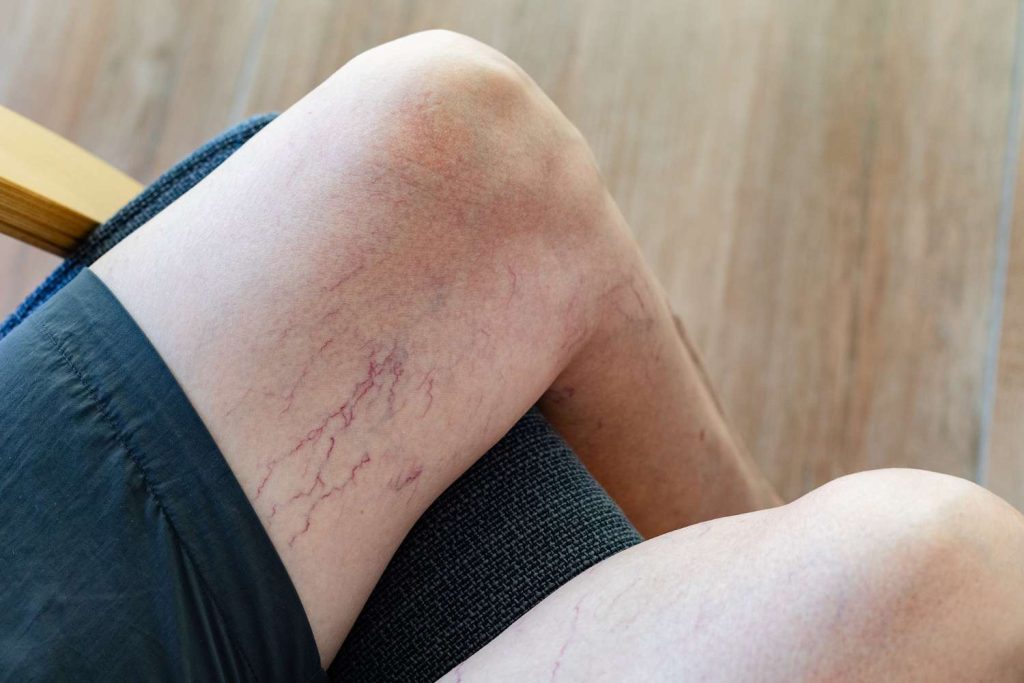Spider veins, those small, dilated blood vessels that appear near the surface of the skin, can be a source of cosmetic concern and physical discomfort for many individuals. Typically manifesting as red, blue, or purple lines on the legs and face, these veins can form web-like patterns, hence the name spider veins. While they are generally harmless, their appearance can be distressing, prompting many to seek treatment. One of the most effective and widely used treatments for spider veins is sclerotherapy. Sclerotherapy is a minimally invasive procedure that has been used for decades to treat spider veins and small varicose veins. The process involves the injection of a sclerosing solution directly into the affected veins. This solution, which can be in the form of a liquid or foam, irritates the lining of the blood vessel, causing it to collapse and stick together. Over time, the treated vein turns into scar tissue and fades from view. The success of sclerotherapy in treating spider veins can be attributed to several factors. Firstly, it is highly effective. Studies show that sclerotherapy can eliminate 50 to 80 percent of treated veins with each session. Secondly, it is a relatively simple and quick procedure. Most sclerotherapy sessions take about 30 to 45 minutes, and multiple veins can be treated in one session. Thirdly, the recovery time is minimal.

Patients can usually resume normal activities immediately after treatment, although they may be advised to wear compression stockings for a few days to help support the veins and reduce swelling. Despite its effectiveness, sclerotherapy is not without its potential side effects. Common side effects include temporary redness, bruising, and swelling at the injection site. Some patients may experience more persistent changes in skin color, and although rare, allergic reactions to the sclerosing solution can occur and go to the website. Additionally, while sclerotherapy is effective for many, it may not work for everyone, and some individuals may require multiple treatments to achieve the desired results. The choice of sclerosing solution is an important consideration in the procedure. Various solutions are available, including hypertonic saline, sodium tetradecyl sulfate, and polidocanol. The choice depends on factors such as the size and location of the veins, and the patient’s medical history.
The preparation for sclerotherapy is straightforward. Before the procedure, patients are advised to avoid certain medications that can increase the risk of bleeding, such as aspirin or ibuprofen. It is also recommended to wear loose and comfortable clothing on the day of the treatment. During the procedure, the patient lies on an examination table, and the skin over the treatment area is cleaned. Using a fine needle, the doctor then injects the sclerosing solution into the veins. Some patients might feel a mild burning or cramping sensation, but this usually subsides quickly. Post-treatment care is crucial to achieving the best results. Patients are often advised to avoid vigorous exercise for a few days and to keep the treated areas out of direct sunlight to prevent hyperpigmentation. The use of compression stockings is typically recommended to help maintain pressure on the treated veins, promoting healing and improving blood flow.
+ There are no comments
Add yours